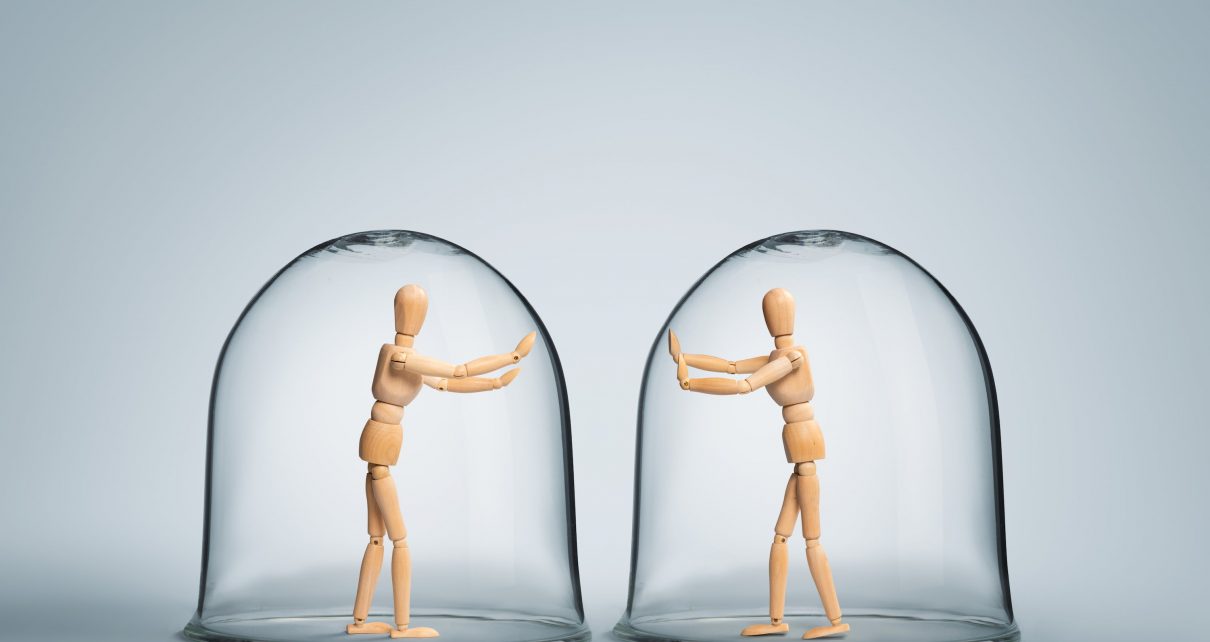In late March, Deborah Birx, one of the top coronavirus advisors in the United States, made a stunning admission: medicine cannot save us from COVID-19; only our conduct can. “There’s no magic bullet. There’s no magic vaccine or therapy,” she said during a briefing at the White House. “It’s just behaviors. Each of our behaviors translating into something that changes the course of this viral pandemic.”
As a behavioral scientist, I should have found Birx’s statement to be music to my ears. Instead, it was an urgent call to action.
Containing the worst health crisis in more than a century will require behavioral changes on a massive scale. But convincing people not to touch their face, to wear masks, to stay home and to refrain from hugging will take more than dire proclamations at a podium. On the contrary, it will require a deep understanding of how people are responding to this threat, so that leaders can pair those responses with effective policies. To gain that level of insight, we need far more data than we currently have.
Most of the metrics at our disposal are tallies of infections and deaths, a macabre clock of the virus’s ultimate toll. Very little is known about how factors like fear, misinformation, stress, and social norms are shaping behaviors that affect transmission of this disease. Even less is understood about what might lead people to ignore government recommendations altogether.
To fill in these gaps, a consortium of more than 100 behavioral researchers on five continents is currently working around the clock to measure the full social and material consequences of this pandemic. Our goal is simple: to demonstrate in real time what is working—and what isn’t.
Our study is designed in three phases. The first consists of a 20-minute-long survey taken weekly that gauges how human beings are coping during this unprecedented crisis. Questions focus on individual thoughts, feelings, concerns and motivations, and how COVID-19 affects everything from faith in leaders to attitudes toward migrants. More than 45,000 people in 100 countries have taken the survey in 22 languages, and we are registering additional respondents every day.
In phase two, we will use this anonymized data—which includes location information gathered through IP addresses—to monitor changes in infection rates and to identify trends, challenges and solutions that are geographically specific. We will then integrate our database with other public information sources—everything from unemployment statistics to crime reports—to make comparisons between policies and between countries.
Finally, in phase three, we will turn these huge data sets into actionable intelligence by using sophisticated computer analysis to extract patterns that can inform decision-making. We will make this data available to leaders and governments everywhere.
There is no end to the questions our data could help answer. For instance, will huge stimulus packages, like the ones being pushed through in the U.S., improve people’s emotional well-being? Do shortages of medical supplies reduce hope? What policies or factors lower trust in government? And why do some people adhere to health recommendations, and others do not?
One of the defining features of the COVID-19 pandemic has been disinformation. Conspiracy theories, propaganda and myths—that it’s a bioweapon created by the CIA, that it spreads on 5G networks, or that drinking alcohol inoculates, to name just a few—have raced across social media, undermining the authority of health officials. Without scientific evidence to explain what is happening, people’s minds run wild.
But the lack of data extends to the social realm as well. While research libraries are full of studies examining how humans responded to past pandemics, and efforts have been made to apply lessons from history to our current predicament—such as a recent study published by colleagues at N.Y.U. and Stanford—the shelves are relatively bare when it comes to COVID-19.
For instance, we know little about how individuals are coping with the stresses of this global pandemic, and in what ways policies like shuttering businesses, closing schools and forcing self-isolation are affecting emotional and financial health. Our initiative aims to quantify these impacts and to help governments design or redesign responses that are better calibrated to human behavior.
Consider, for example, political polarization. Before social distancing was a household term, people formed their political views in part through personal contact. Currently, however, online sources of information are being prioritized, a trend that could deepen political and cultural divisions. Worse, when blame for the virus is ascribed to individual communities or countries, discrimination can result. But if values like cooperation and partnership are underscored, prejudice can be reduced.
In previous pandemics, the illness was only the first wave of unrest; the second came when social fabrics begin to fray. In 14th-century Europe, the devastating health toll of the bubonic plague resulted in widespread violence as survivors sought to enact revenge on those deemed responsible. More recently, during the swine flu epidemic of 2009, people rallied around their flags and became less tolerant of difference. We are already seeing this trend emerge in places like Italy, where nightly singalongs have given way to fear of vandalism, theft and violence.
To help the world mitigate the first wave and guard against the second, governments need to devise solutions that account for the complexities of human behavior. Failure to understand the social ramifications of a policy could have consequences as devastating as the medical fallout.
Experts like Birx are correct: COVID-19 is a social science problem first. The only tools we have to combat it at the moment are behavioral. That’s why behavioral scientists must be at the forefront of this war. With the public’s input, policy makers can ensure that the strategies they employ today are effective at managing the crisis tomorrow.
To complete the survey, visit https://psycorona.org/.




